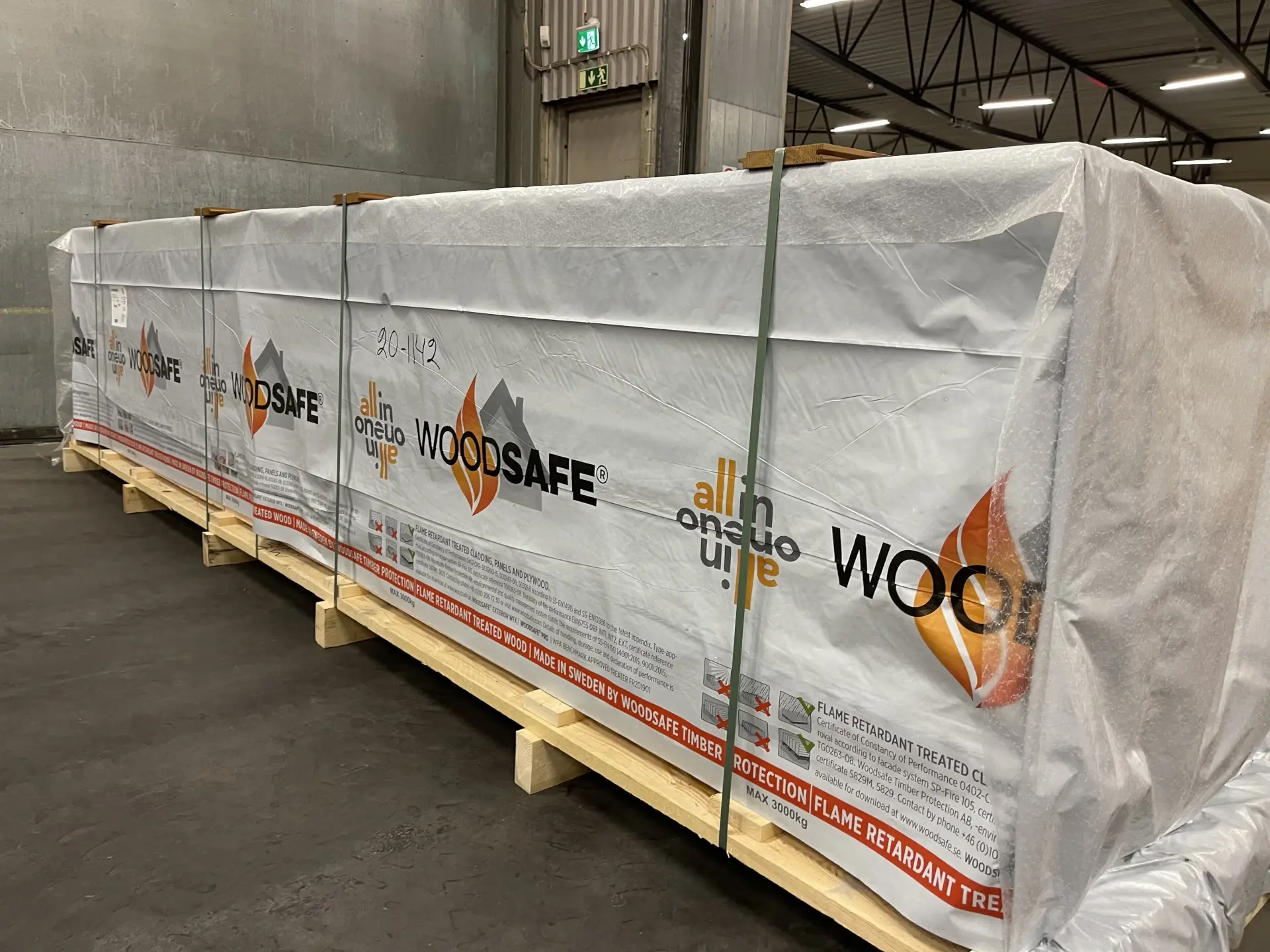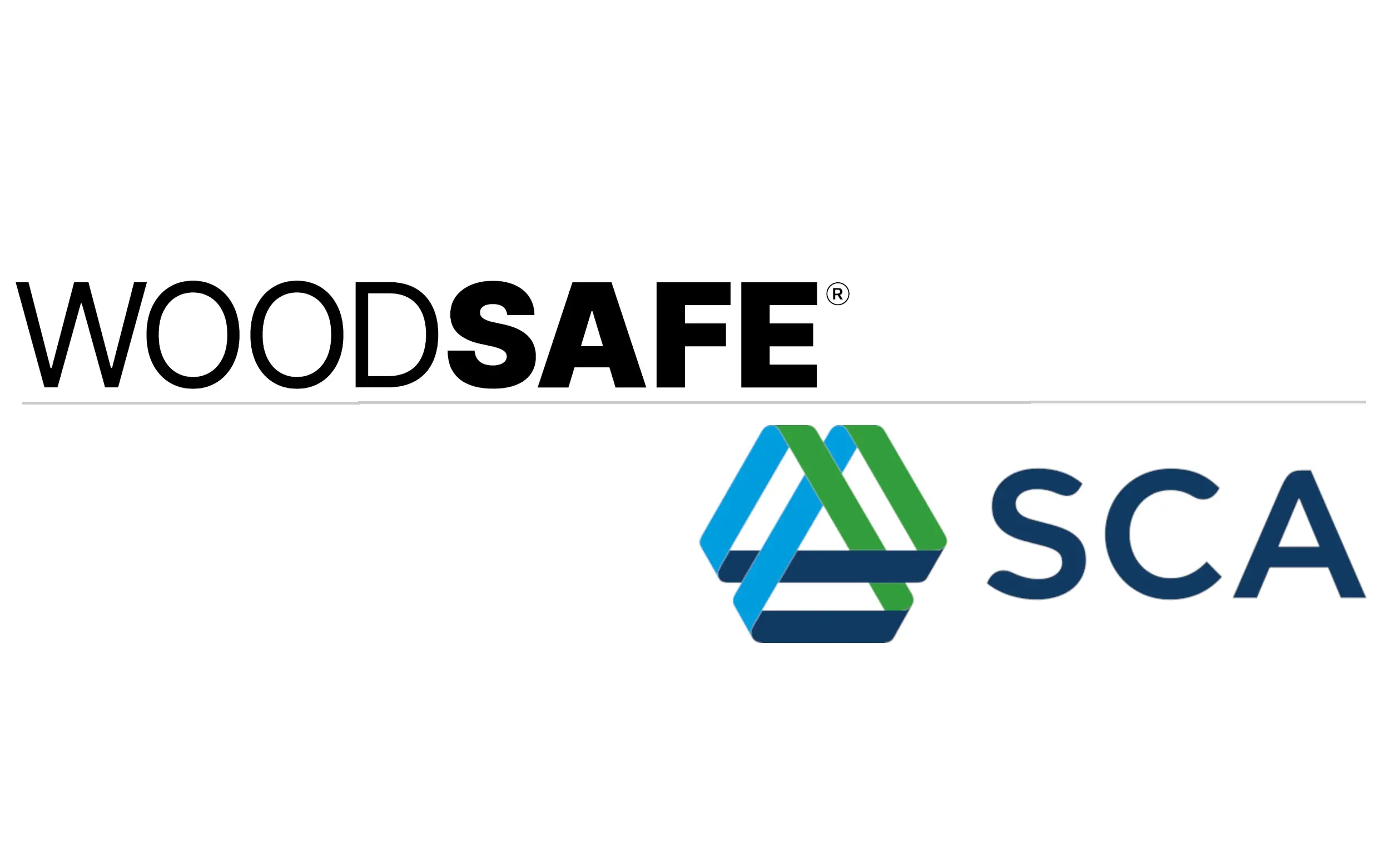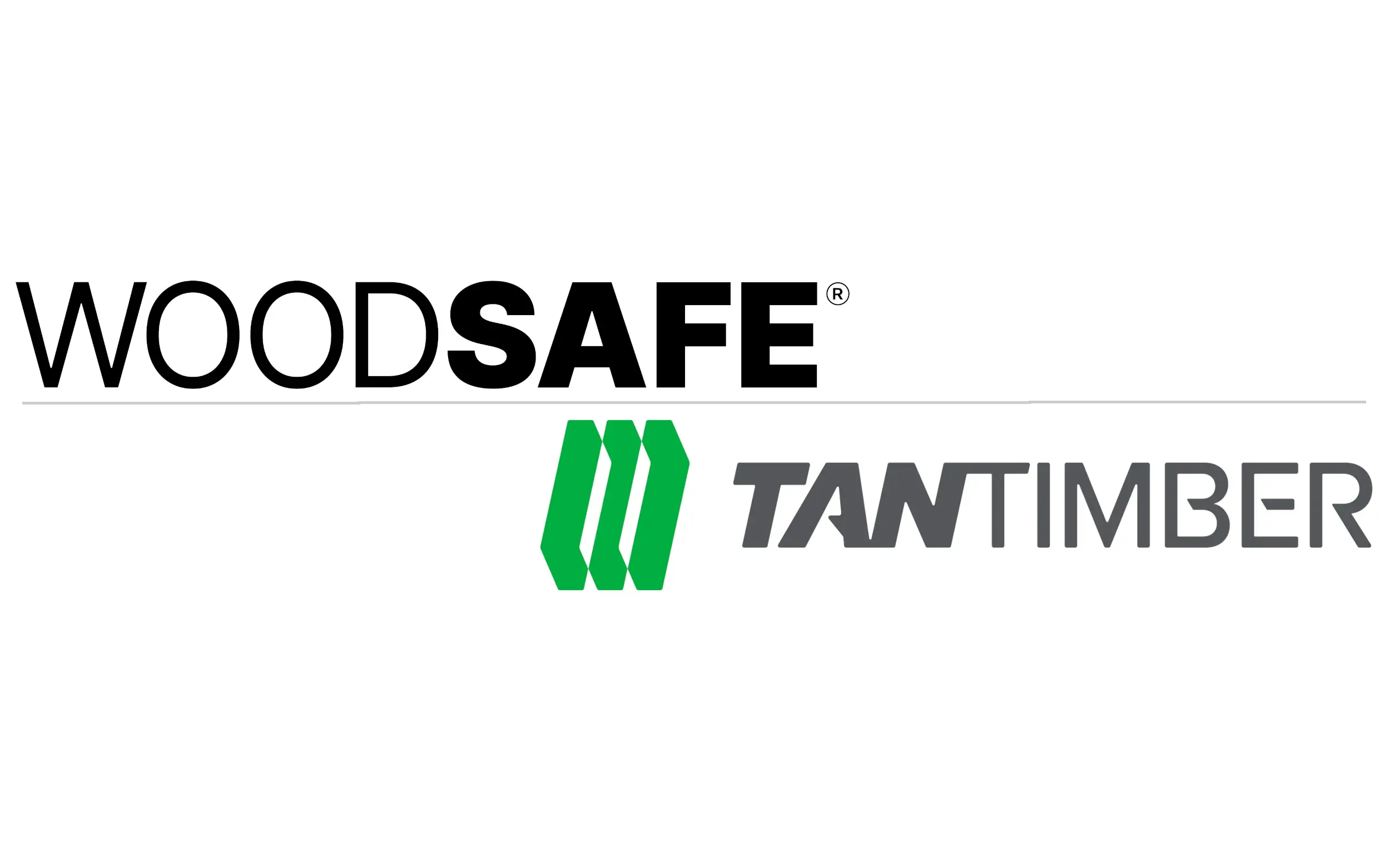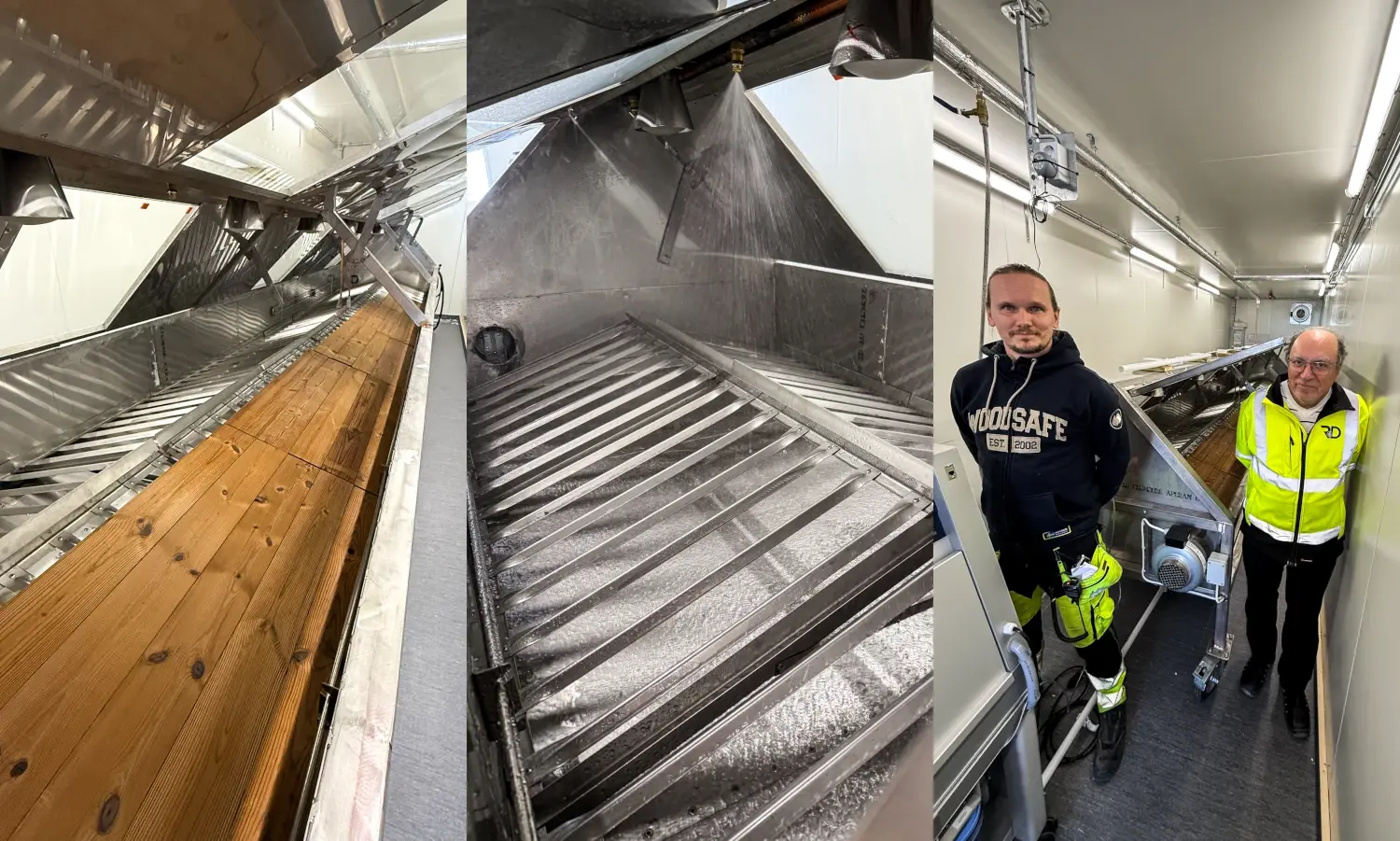Documentation requirements
How much do you know about the documentation requirements?
From start to finish, that is, from regulation to procurement and use, the construction product's documentation must be correct and statutory certification requirements must be reported from an accredited notified body. A building product is covered by a regulation (must-requirement) where properties for safety against the effects of fire must be declared.
This is done via declaration of performance (DoP) and CE marking where the certificates prove the performance. National requirements, on the other hand, do not require type approval, even if it is a must-requirement that these requirements must be met. Serious manufacturers provide type approval certificates so that serious quality procurement is carried out.
En klar och tydlig rubrik

Our offer
Woodsafe Timber Protection AB provides complete documentation according to European regulation (CPR 305/2011) as well as approval certificates for national legal requirements according to the Swedish Housing Agency's BBR and Plan, - and Building Act (SFS 2010:900) via type approval certificates for facade cladding (SP FIRE 105), fire resistance (K210/B- s1,d0) and use class (EN16755 EXT)
To facilitate the comparison of WOODSAFE® and other manufacturers' performance, document control systems are recommended that clearly show the construction product's performance, the manufacturer's certification and the manufacturer's overall quality manual and sustainability work.
Fire protection of wood is about safety
The fact is that since some of the industry's operators disregard the requirements, the industry is hardly improving. Fire protection of wood is about safety, and products placed on the market must be documented by independent third parties. It is allowed for the manufacturer to design what kind of documentation they themselves wish to promote their products and services. But the documentation you as an expert in the regulatory section, such as an architect, expert fire engineer and downstream users e.g. timber trade and contractor must follow are always the guidelines listed in, inter alia, Annex ZA Appendix and where the documentation must be properly certified documents against harmonized product standard.
Unfortunately, the word "Certificate" is used too often in the context of indicating approved documents. There are examples where accredited institutes commissioned by a producer create a "Certificate" which basically only compile facts from fire tests and rating reports, but "Certificate" is by no means a certification document when it is not directed at harmonized product standards. Thus, it is a direct misleading document that downstream users are in need of approved CPR documents, not a "statement" entitled "Certificate".



